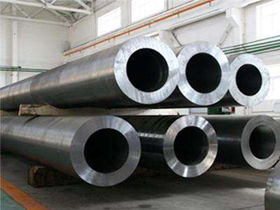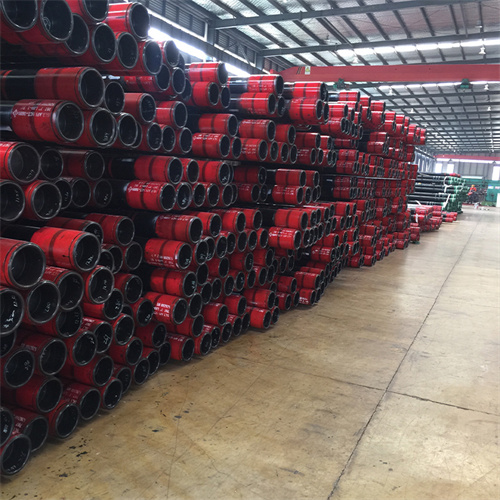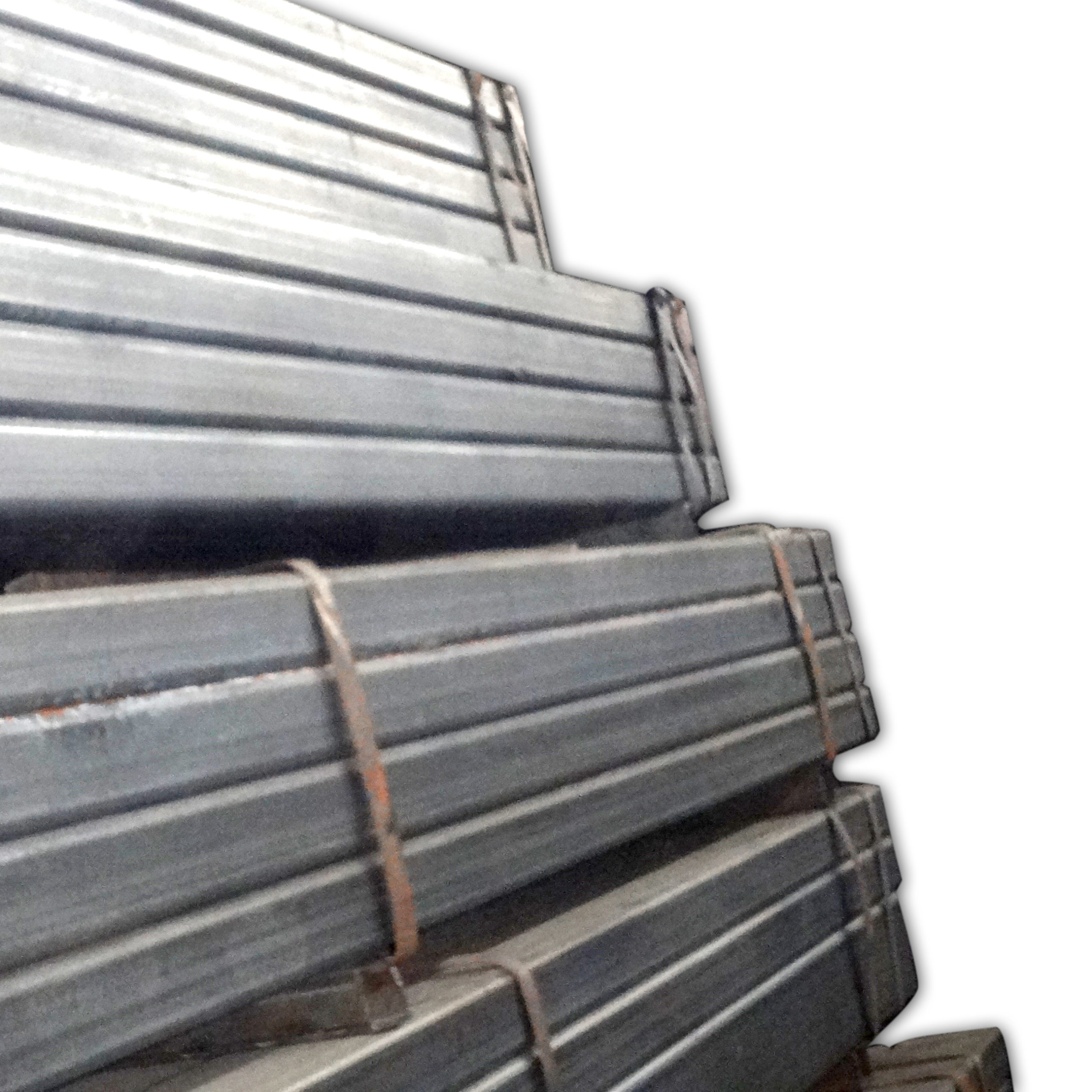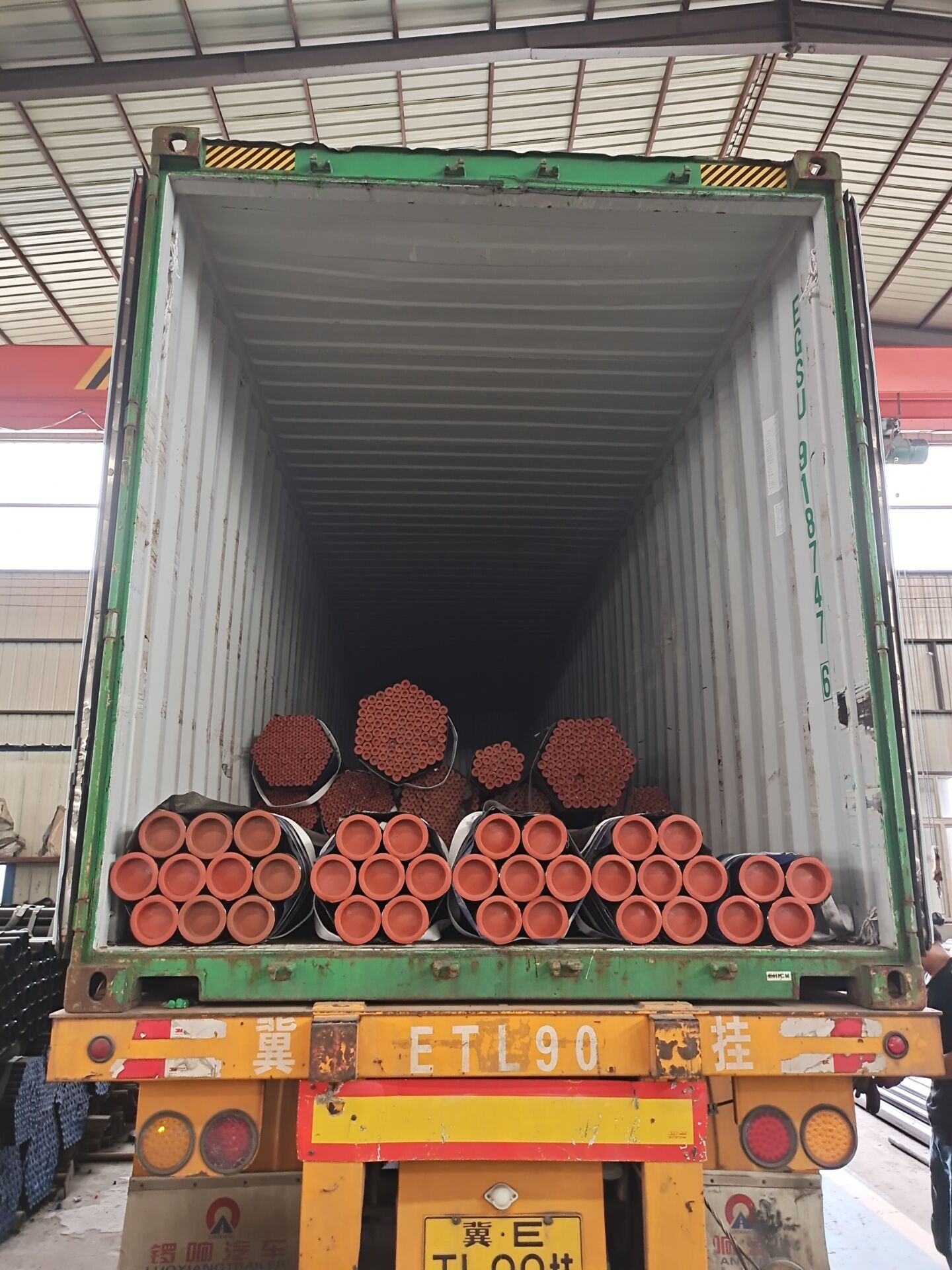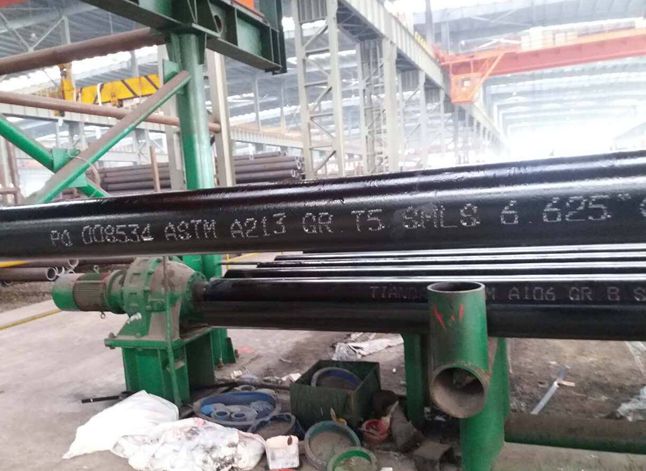下水処理用ステンレス鋼管のメリット
ステンレス鋼パイプは、その多くの利点により、下水処理用途で人気のある選択肢となっています。これらのパイプは、下水システムの過酷な条件に耐えることができる耐久性と耐腐食性の材料で作られています。この記事では、下水処理にステンレス鋼パイプを使用する利点について検討します。
ステンレス鋼パイプの主な利点の 1 つは、耐腐食性です。下水には、従来のパイプの腐食を引き起こす可能性のあるさまざまな化学物質や物質が含まれており、漏れや周囲環境の汚染につながります。ステンレス鋼パイプは耐食性に優れているため、下水処理場にとって信頼できる選択肢となります。
ステンレス鋼パイプは、耐食性に加えて、強度と耐久性でも知られています。これらのパイプは高圧や温度の変動に耐えることができるため、条件が厳しく要求が厳しい下水処理用途に最適です。ステンレス鋼パイプは寿命が長いため、頻繁な交換やメンテナンスの必要性が減り、長期的には時間と費用を節約できます。
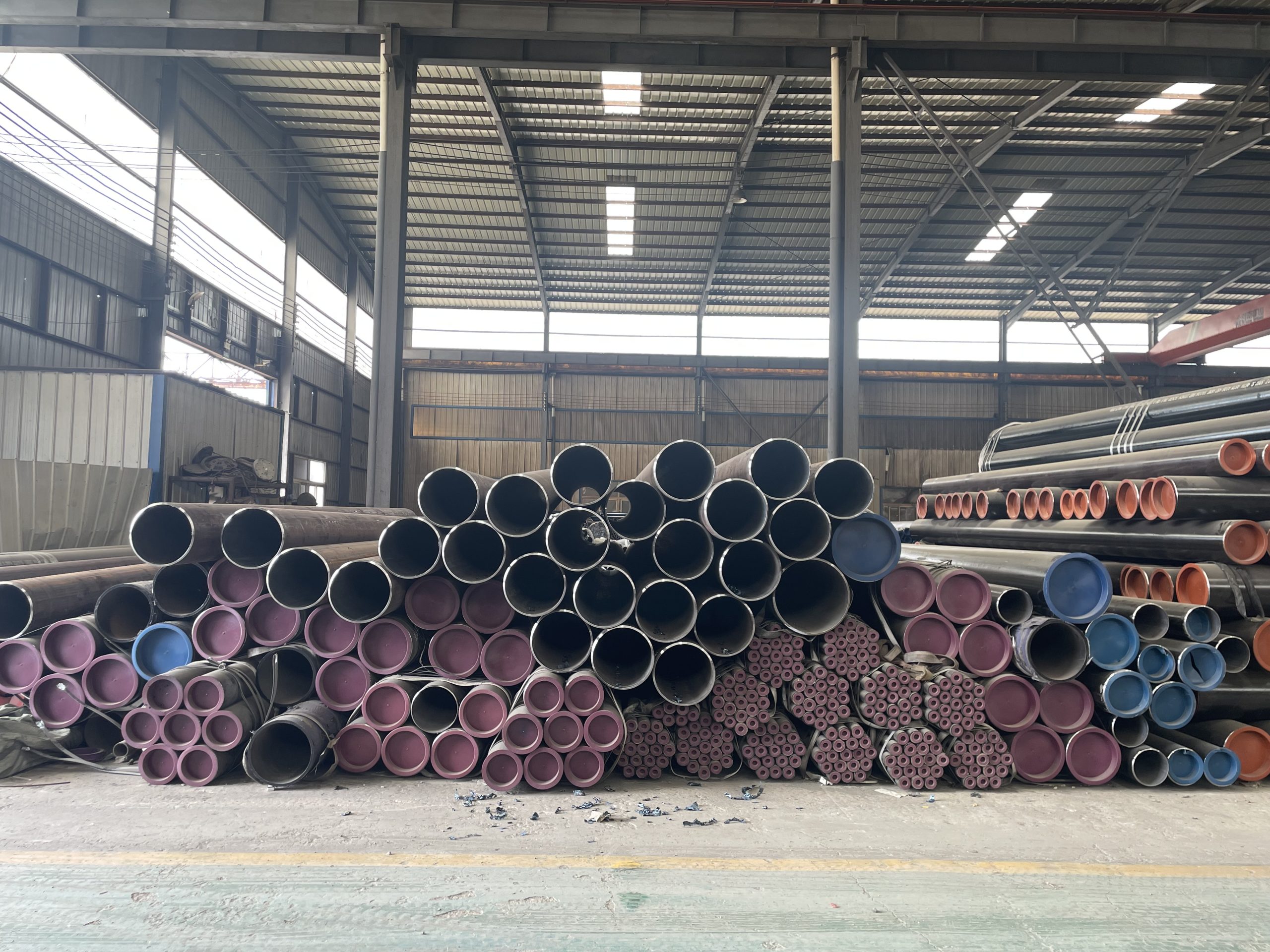
下水処理用ステンレス鋼管のグレード比較
ステンレス鋼管は耐食性、耐久性、強度に優れているため、下水処理場などで広く使用されています。下水処理用途に適切なグレードのステンレス鋼パイプを選択する場合、いくつかのオプションがあり、それぞれに独自の特性と利点があります。この記事では、304、304L、304H、316、316L、316H、321、32H、317L、347、347H、310S、310、および 310H シームレスなど、下水処理場で一般的に使用されるさまざまなグレードのステンレス鋼管を比較します。パイプ。
304 ステンレス鋼は、優れた耐食性と製造の容易さにより、下水処理場で最も一般的に使用されるグレードの 1 つです。廃水や薬品の移送など幅広い用途に適しています。 304L ステンレス鋼は 304 の低炭素バージョンで、溶接性と耐鋭敏化に対する耐性が向上しています。一方、304H ステンレス鋼は炭素含有量が高いため、高温用途に適しています。
316 ステンレス鋼は、特に過酷な環境で優れた耐食性を備えているため、下水処理場でよく使用される選択肢です。 316L ステンレス鋼は 316 の低炭素変種で、溶接性と粒界腐食に対する耐性が向上しています。 316H ステンレス鋼は、炭素含有量が高く、高温および高圧の用途に適しています。
321 ステンレス鋼は、粒界腐食および高温に対する優れた耐性を備えた安定化グレードです。 321H ステンレス鋼は 321 の高炭素変種で、高温での耐クリープ性と強度が向上しています。 317L ステンレス鋼は 317 の低炭素バージョンで、酸性環境における感作性と腐食に対する耐性が向上しています。
347 ステンレス鋼は、粒界腐食と高温に対する優れた耐性を備えた安定化グレードです。 347H ステンレス鋼は 347 の高炭素変種であり、高温での耐クリープ性と強度が向上しています。 310S ステンレス鋼は、耐酸化性と耐硫化性に優れた高温グレードです。 310 ステンレス鋼は、優れた耐食性と高温強度を備えた汎用グレードです。 310H ステンレス鋼は 310 の高炭素変種で、クリープ耐性と高温での強度が向上しています。
結論として、下水処理用途のステンレス鋼パイプのグレードを選択する場合は、腐食などの要因を考慮することが不可欠です。耐久性、溶接性、耐熱性、強度。ステンレス鋼パイプの各グレードには独自の特性と利点があるため、下水処理場の特定の要件に基づいて適切なグレードを選択することが重要です。異なるグレードのステンレス鋼パイプを比較することで、下水処理場のオペレーターは情報に基づいた決定を下し、配管システムの長期的な性能と信頼性を確保できます。
Stainless steel pipes are widely used in sewage treatment plants due to their Corrosion resistance, durability, and strength. When it comes to choosing the right grade of stainless steel Pipe for sewage treatment applications, there are several options available, each with its own unique properties and advantages. In this article, we will compare different grades of stainless steel pipes commonly used in sewage treatment plants, including 304, 304L, 304H, 316, 316L, 316H, 321, 32H, 317L, 347, 347H, 310S, 310, and 310H Seamless pipes.
304 stainless steel is one of the most commonly used grades in sewage treatment plants due to its excellent corrosion resistance and ease of fabrication. It is suitable for a wide range of applications, including transporting wastewater and chemicals. 304L stainless steel is a low-carbon variant of 304, which offers improved weldability and resistance to sensitization. 304H stainless steel, on the other hand, has a higher carbon content, making it suitable for high-temperature applications.
316 stainless steel is another popular choice for sewage treatment plants, thanks to its superior corrosion resistance, especially in harsh environments. 316L stainless steel is a low-carbon variant of 316, which offers improved weldability and resistance to intergranular corrosion. 316H stainless steel, with its higher carbon content, is suitable for high-temperature and high-pressure applications.
321 stainless steel is a stabilized grade that offers excellent resistance to intergranular corrosion and high temperatures. 321H stainless steel is a high-carbon variant of 321, which provides improved creep resistance and strength at elevated temperatures. 317L stainless steel is a low-carbon variant of 317, which offers improved resistance to sensitization and corrosion in acidic environments.
347 stainless steel is a stabilized grade that offers excellent resistance to intergranular corrosion and high temperatures. 347H stainless steel is a high-carbon variant of 347, which provides improved creep resistance and strength at elevated temperatures. 310S stainless steel is a high-temperature grade that offers excellent resistance to oxidation and sulfidation. 310 stainless steel is a general-purpose grade that offers good corrosion resistance and high-temperature strength. 310H stainless steel is a high-carbon variant of 310, which provides improved creep resistance and strength at elevated temperatures.
In conclusion, when choosing a grade of stainless steel pipe for sewage treatment applications, it is essential to consider factors such as corrosion resistance, weldability, temperature resistance, and strength. Each grade of stainless steel pipe has its own unique properties and advantages, so it is crucial to select the right grade based on the specific requirements of the sewage treatment plant. By comparing different grades of stainless steel pipes, sewage treatment plant operators can make an informed decision and ensure the long-term performance and reliability of their piping systems.

